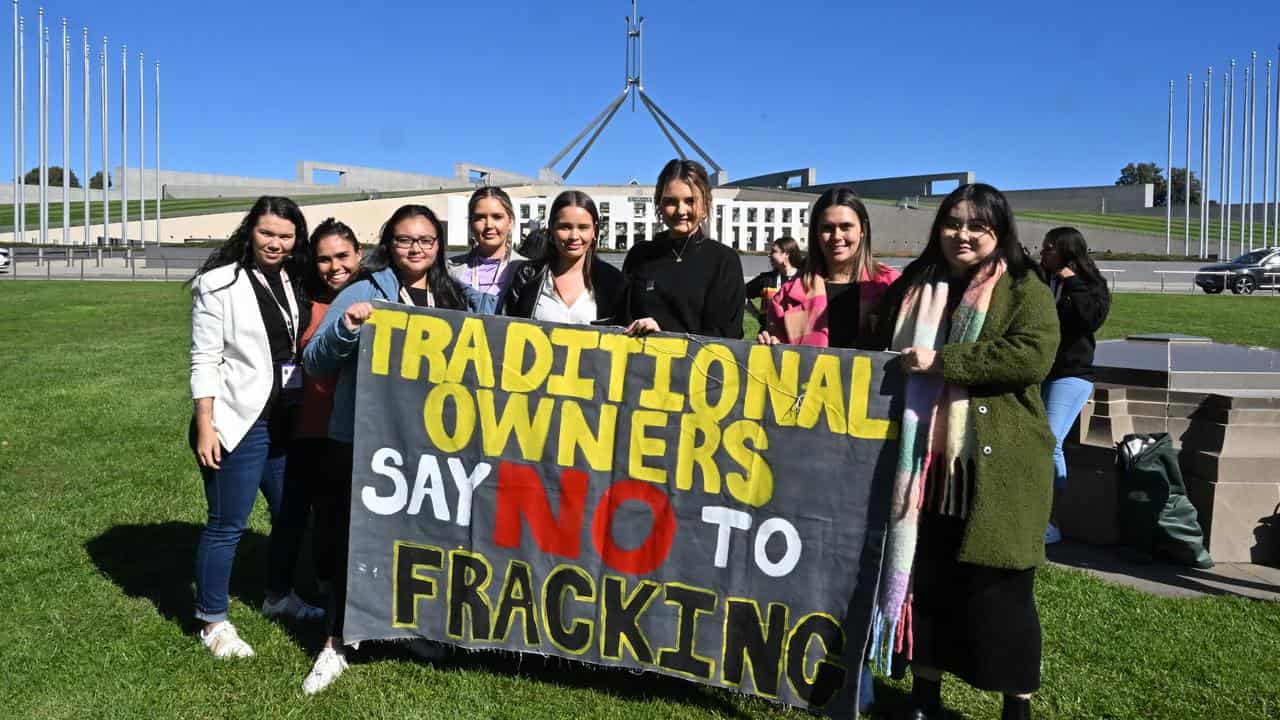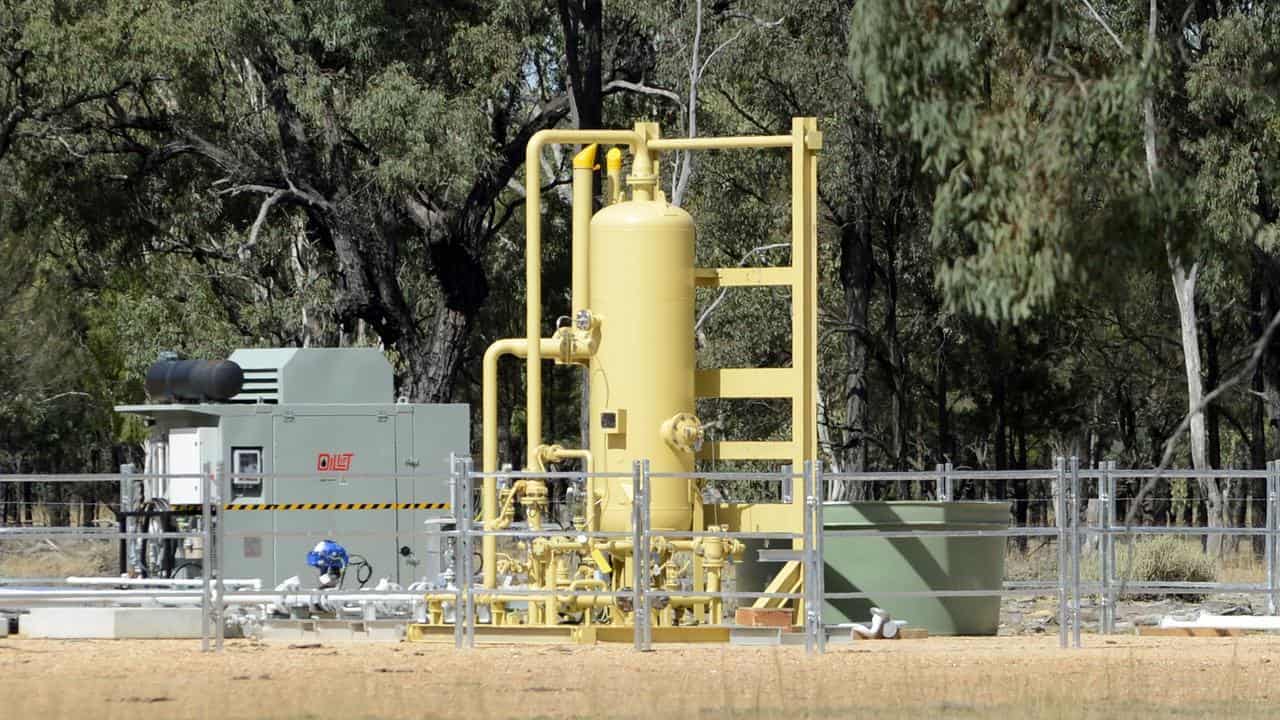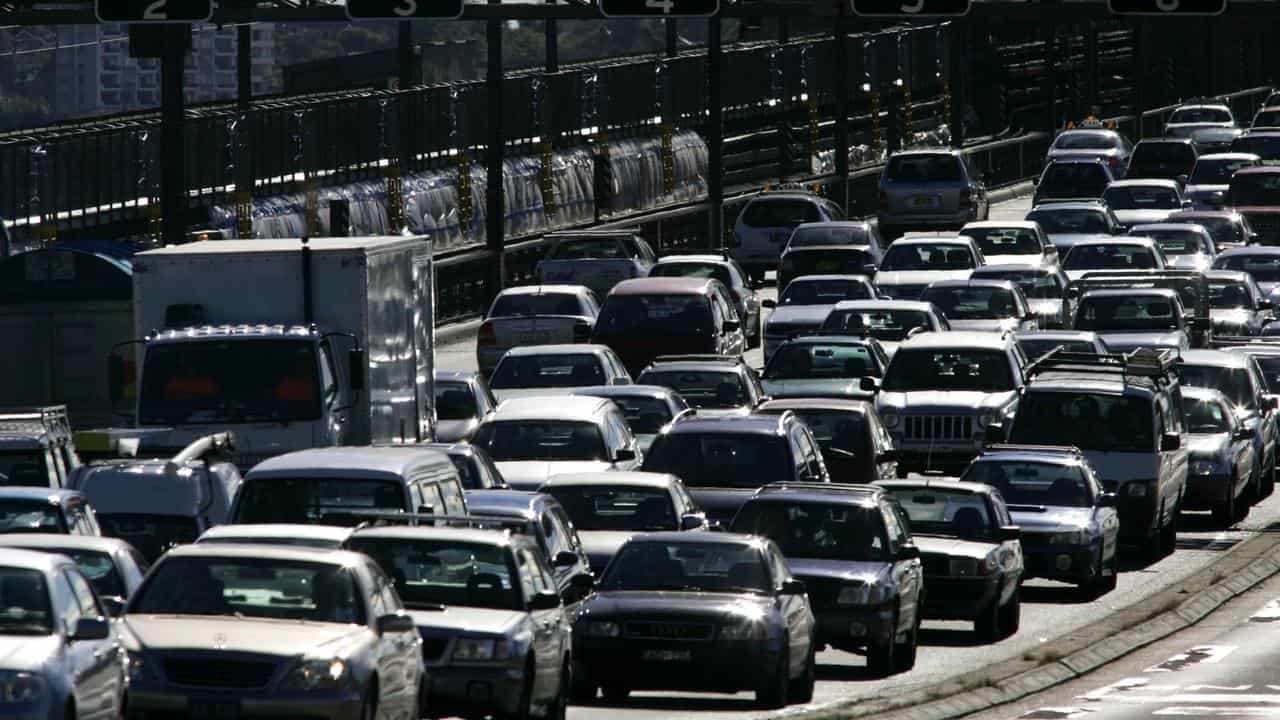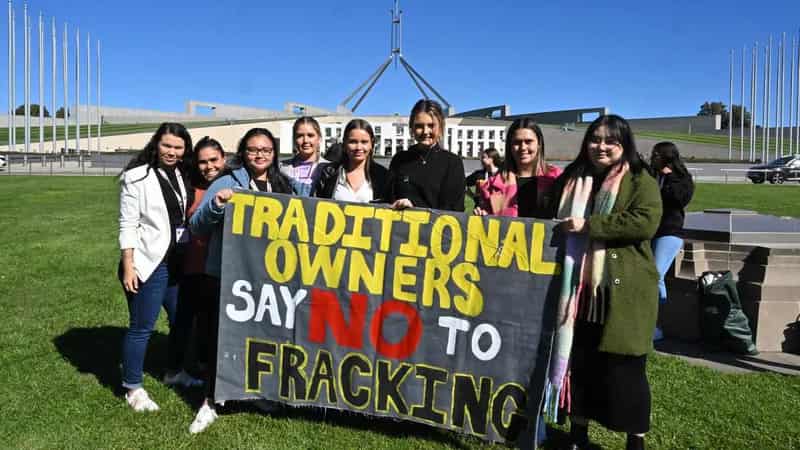
Estimated greenhouse gas emissions are "flat out wrong" for a Beetaloo Basin gas development and Darwin Harbour facility, according to independent research submitted to a federal inquiry.
The Northern Territory government announced in May, the onshore gas project could begin based on findings by CSIRO's Gas Industry Social and Environmental Research Alliance (GISERA).
But Bill Hare, CEO of global climate science and policy institute Climate Analytics, said on Tuesday these projects would produce a "climate bomb" that cannot be offset.
"We're looking at a massive increase in emissions both here and overseas from both fracking the Beetaloo and the associated Middle Arm LNG project," the climate scientist said.
"The GISERA analysis provided to the Northern Territory and federal governments was flat out wrong," he said.
But the national science agency defended its research on the life-cycle emissions of onshore gas in the NT.
"CSIRO stands behind the quality of its research and the integrity of its peer review process," a spokesperson said.
Scientists have delivered a "robust and detailed technical analysis", CSIRO said.
This included the emissions associated with onshore gas production scenarios in the Beetaloo basin, and important information about realistic mitigation and offset options within the NT and elsewhere in Australia, CSIRO said.
According to Climate Analytics, the Beetaloo fracking project alone would produce carbon dioxide emissions equivalent to up to 11 per cent of Australia's total 2021 emissions.
It would also generate more emissions than the 2030 reduction goal under the new Safeguard Mechanism regulations, the report commissioned by the Nurrdalinji Aboriginal Corporation found.
"Everywhere we looked, we found the GISERA report had significantly underestimated emissions factors," report author Thomas Houlie said.

Carbon capture and storage by injecting carbon into the Timor Leste seabed for thousands of years was also exaggerated, as was the viability of producing blue hydrogen from the fracking or the availability of offsets, analysts said.
Yanyuwa and Garawa woman Joni Wilson, who is director of Nurrdalinji Aboriginal Corporation, lives with her young family at Lightning Ridge, a tiny outstation located close to exploration wells.
"We put our feet to this land and it talks to us - it’s alive. As a jungayi (traditional land manager) for my country I have a responsibility to protect and care for it," she said.
“We used to live off a seasonal calendar, but we notice changes."
She said climate change was causing longer dry seasons and much heavier rains.
"We don’t want fracking, which this report shows will make it hotter and harder for us and future generations to live on country," she said.
"Country is our supermarket and already we’re seeing less and less birds, turkey, fish and goannas and collecting food is becoming harder."

The Tamboran Resources' plan to develop a gas plant at the taxpayer-funded Darwin Harbour hub would be the equivalent of adding six to eight million new cars to Australia's roads, according to the latest research.
Expanding from 6.6 million tonnes per year to a planned 20 million tonnes would generate emissions equivalent to 10 to 13 per cent of Australia's 2021 emissions, or up to 38 million extra cars.
Over the 25-year life of the project, including exported emissions, Tamboran's' plans would generate up to 3.2 gigatonnes of pollution, the analysis found.
NT pediatrician Louise Woodward said the Labor government needs to protect the health of Australians, put a moratorium on fracking, and remove the gas industry from the Middle Arm hub.
Submissions to the Senate inquiry on the Middle Arm Industrial Precinct close on Tuesday, with a report due on February 28.









